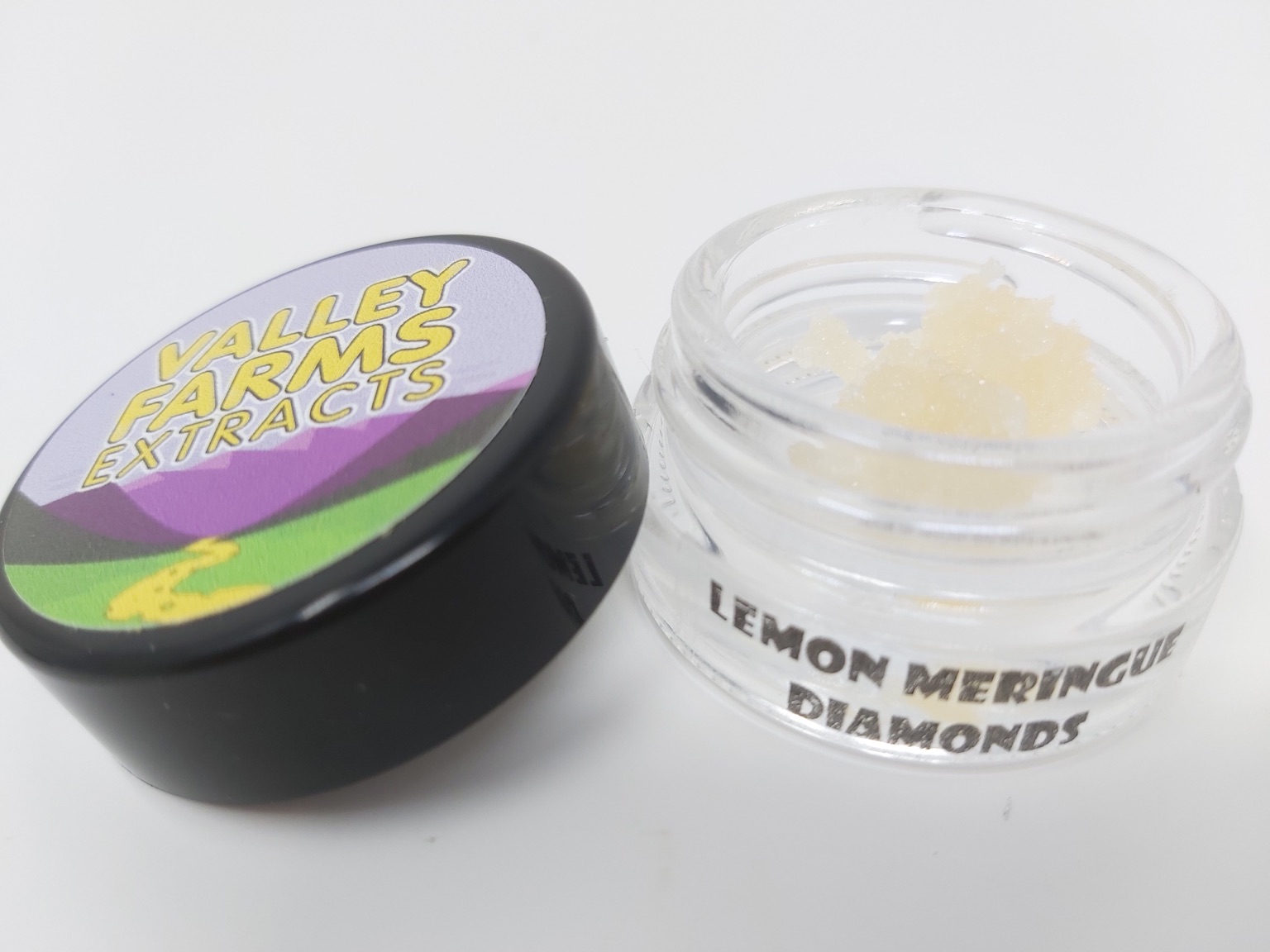

Alluvial gold miners in Brazil found what they described as 'curious pebbles' in 1725, which were subsequently identified as diamonds. Alexander the Great brought diamonds from India to Europe in 327 BC. The Regent diamond, found in India, in 1701, became part of the French Crown Jewels until stolen in the French Revolution and eventually set in the hilt of Napoleon's sword.ģ000 year old records from India indicate that diamonds were used in two ways - for decoration and as a talisman to ward off evil or provide protection in battle. Large diamonds were used by kings, queens and other nobles as symbols of wealth and rank. The Romans used it to carve cameos from stone and exported diamond to China for cutting jade and drilling pearls. Diamond was highly prized as a gem stone in ancient Egypt, Babylon, Mesopotamia and India. The first use of diamond may have been as a talisman or charm by prehistoric humans.

Very small and poor quality stones are called 'industrial diamonds' and are used as the abrasive material on cutting wheels and drill bits, machine bearings, glass cutting implements and grinding and polishing powders. Useĭiamonds of good quality are used in jewellery (rings, earrings, necklaces, brooches and bracelets). Knives in the home can be sharpened using 'steels' impregnated with diamond powder.

Very thin diamond-impregnated saw blades are used to slice brittle metals and crystals for use in electronics. Circular metal saw discs with a diamond-impregnated edge also are used to cut roads, grooves in airport runways, concrete, building stone, bricks and shapes for furnace linings.ĭiamond machine tools are used in the electrical and engineering industries, such as car, aircraft and ship building. Diamond grit and powder-impregnated rock drilling bits are used in oil, gas and mineral exploration and production foundation testing for dams, buildings and other construction masonry drilling and concrete test sampling. Diamond polishing powders and compounds are used for fine finishes on optical surfaces, jewel bearings, wire drawing dies, cutting tools, aircraft engine components and many other items made from metals, ceramics, plastics and glass. Since the early 1900s diamond has been used to grind and shape very hard metal alloys, such as tungsten carbide, for use as machine tool tips.


 0 kommentar(er)
0 kommentar(er)
